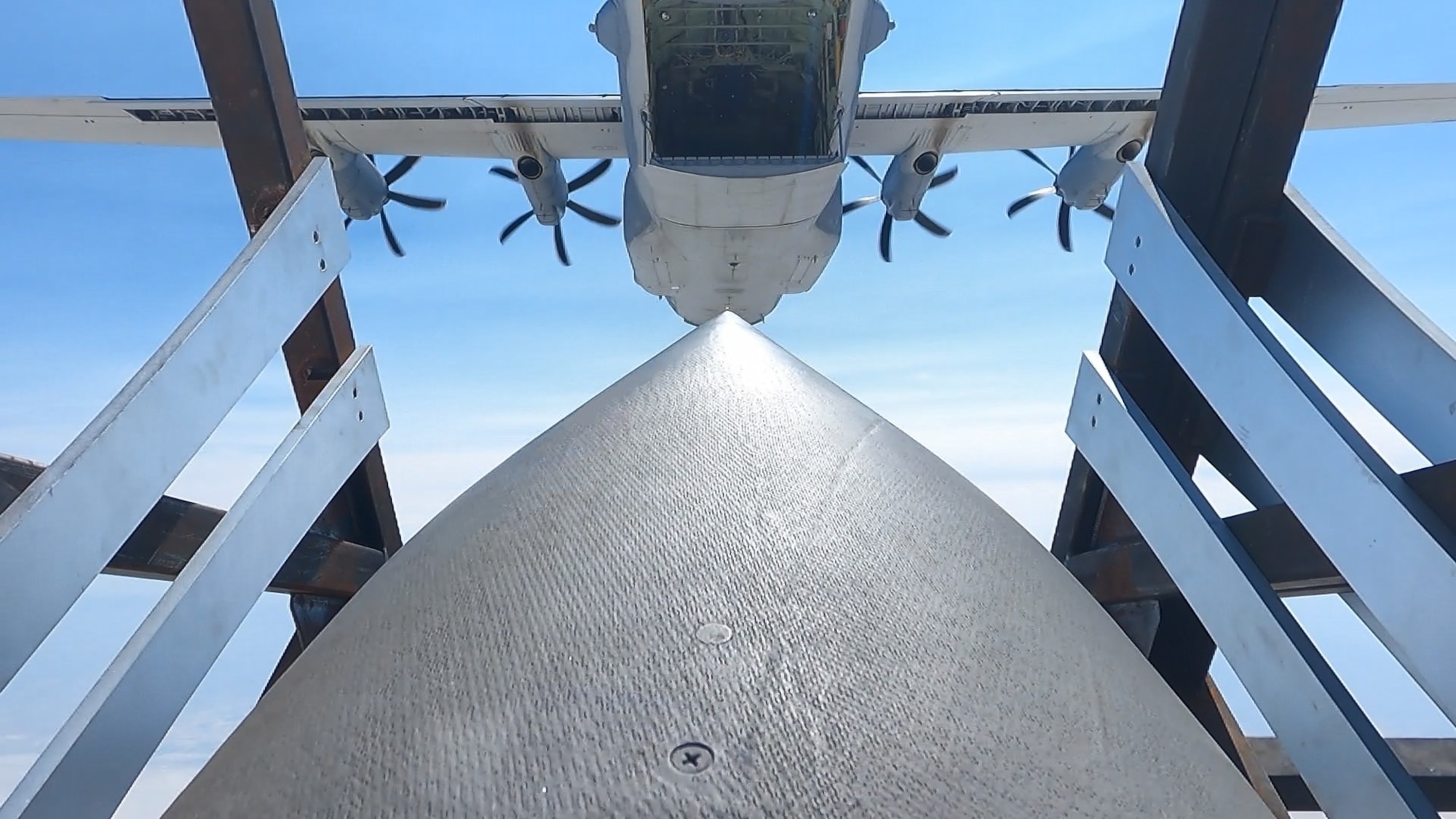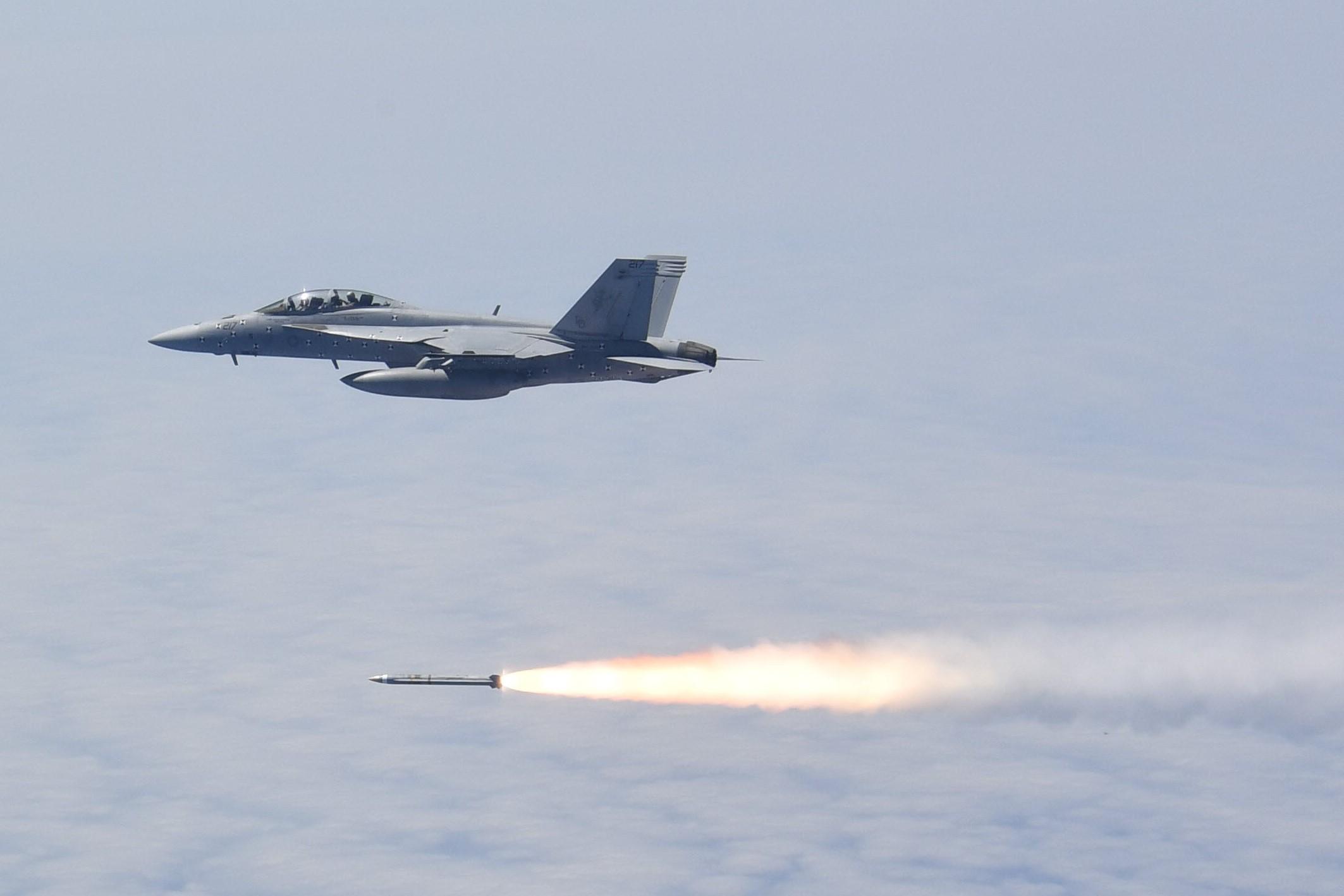I checked a few websites I follow like usni. I couldn't find another mention of the NSM being fired from a C130 or LCAC either.Can you provide another reference for the C130 and LCAC apart from this. I looked for this as I was, frankly, sceptical. I note that NSM's were fired by the Navy-Marine Expeditionary Ship Interdiction System (NMESIS) (which could be deployed by a LCAC or C130) but noting to suggest they fired the missiles as this article suggests.
The Commander Pacific Fleet caption for the same image was:
A Naval Strike Missile is launched from the Pacific Missile Range Facility Barking Sands during the sinking exercise
U.S. forces conduct sinking exercise in Pacific | Commander, U.S. Pacific Fleet (navy.mil)
The drive have no mention of C130 or LCAC either but reflect that NMESIS fired a missile with the video showing elements of NMESIS being unloaded from a LCAC.
Watch The Ex-USS Ingraham Frigate Get Its Back Broken By A Torpedo (thedrive.com)
Not sure Navy today got this right.
Guess you're right about it.







